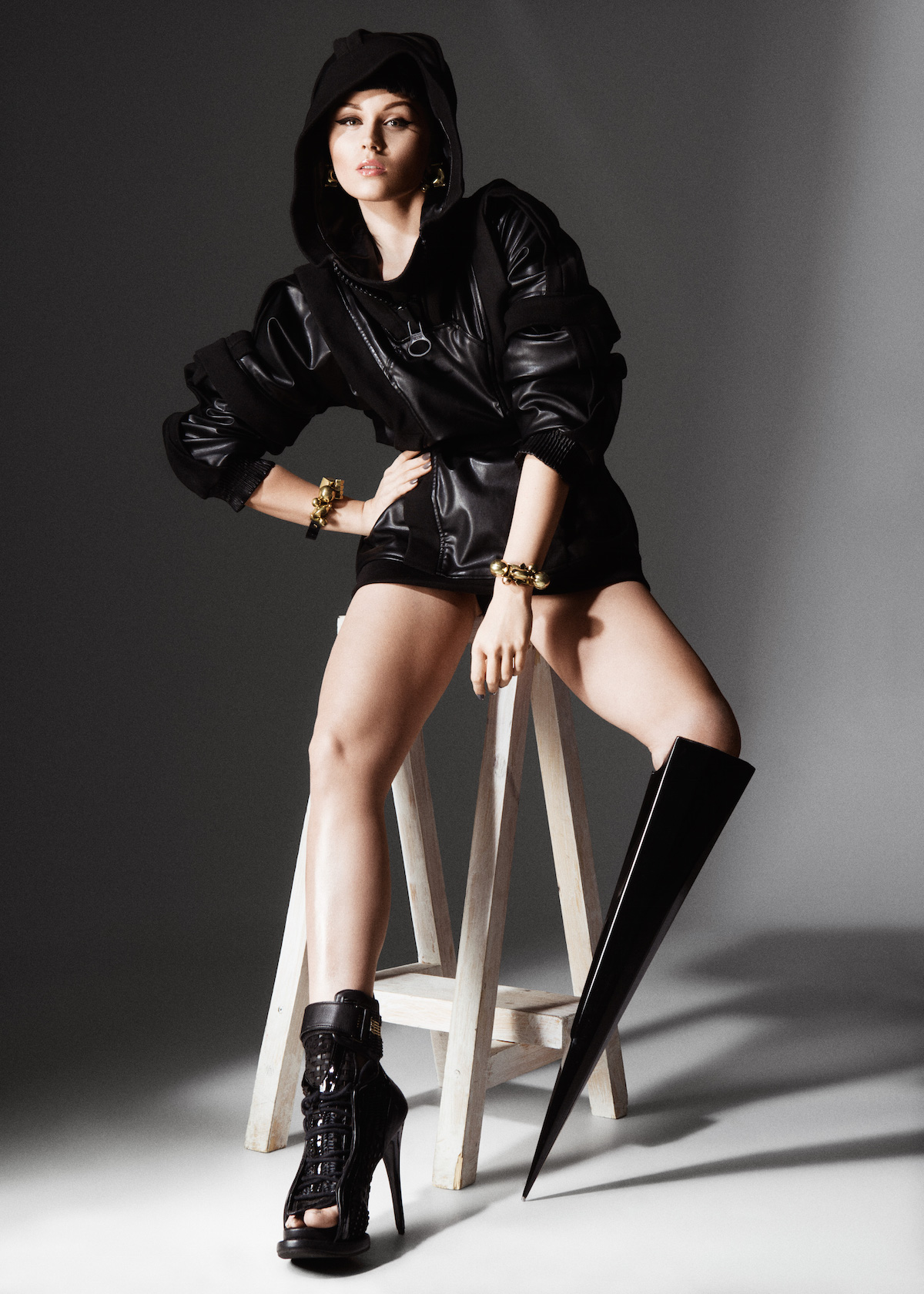Week 4: Medicine, Technology, and Art
Undoubtedly, technology has helped humans overcome many previously impossible things. The ability to alter our bodies is one of the many things technology has improved. While watching the videos presented this week, the topic of body modifications caught my attention and interest. After some research, I found many fascinating results worth sharing.
First, let’s turn our attention to Viktoria Modesta, a bionic artist and futurist, who underwent a voluntary leg amputation at the age of 20. During the process, Modesta explains that her doctors were hesitant and unaccepting of her decision to amputate her leg even though it meant she would be free of pain. She thought the process “highlighted an unhealthy obsession with how we value the biological body” (Modesta, 2020) and has since changed her views on the value of the biological human body.
 |
Figure 1: Image of Viktoria Modesta wearing "The Spike". Credit: Boston Magazine |
Next, we should take a look at Neil Harbisson’s story. Born with complete color blindness, Harbisson became the first legally recognized cyborg artist who implanted an antenna in his brain so he could “hear visible and invisible wavelengths of light” (Donahue, 2017). Harbisson’s case embodies the collaboration between art, science, and technology.
Another story that might fascinate you is the story of the cyborg activist and artist, Moon Ribas, who has implants connected to online seismographs in her feet. “Any time there’s an earthquake somewhere on the planet, vibrations course through her body and the data is recorded online” (CNN, 2018). In her interview with CNN, Ribas expresses “Whenever there is an earthquake, I move according to the intensity of the earthquake. It’s a bit like a duet between the earth and myself” (CNN, 2018). The mixture of technology, nature, and art Ribas expresses is beautiful and beyond amazing.
I have learned a lot and am extremely fascinated by the stories and material I have read and viewed this week. I have learned that “cyborg art is an artistic movement where artists extend their senses beyond their physical boundaries by applying technology into their bodies” (The Cyborg Foundation, 2024). I am excited to see where technology will take us in the future when it comes to enhancing our human experiences. From what it seems like, we can safely say that “Cyborgs are inevitable” (Nichols et. al., 2023).
References:
Creators. “Cyborg Performance Art.” Www.youtube.com, 7 Feb. 2017, www.youtube.com/watch?v=-NJMkpSRG6s&ab_channel=Creators. Accessed 26 Apr. 2024.
Donahue, Michelle Z. “How a Color-Blind Artist Became the World’s First Cyborg.” Science, 3 Apr. 2017, www.nationalgeographic.com/science/article/worlds-first-cyborg-human-evolution-science.
Ducharme, Jamie. “Q&A: Multimedia Artist Viktoria Modesta.” Boston Magazine, Boston Magazine, 14 Mar. 2016, www.bostonmagazine.com/health/2016/03/14/viktoria-modesta/.
“Home.” Cyborg Foundation, 2019, www.cyborgfoundation.com/.
Neil, Modesta,. “Designing Our Bodies for the Future.” CNN Style, 6 Sept. 2018, www.cnn.com/style/article/designing-bodies-future/index.html.
Nichols, Professor Randall K., et al. “The Reality of Cyborgs and a Look into the Future [Johnson].” Kstatelibraries.pressbooks.pub, 15 Aug. 2023, kstatelibraries.pressbooks.pub/cyberhumansystems/chapter/5-the-reality-of-cyborgs-and-a-look-into-the-future-johnson/.
Staff, C. N. N. “Moon Ribas: The Cyborg Dancer Who Can Detect Earthquakes.” CNN, 23 Oct. 2018, www.cnn.com/style/article/moon-ribas-cyborg-smart-creativity/index.html. Accessed 24 Nov. 2023.
TED. “Neil Harbisson: I Listen to Color.” Www.youtube.com, 20 July 2012, www.youtube.com/watch?v=ygRNoieAnzI&ab_channel=TED.
Your thoughtful reflection on body modification and technology, inspired by Viktoria Modesta's journey delves into the complexities of autonomy and societal values. Your engagement demonstrates a commitment to critical inquiry and empathy, enriching our understanding of thus important subject. Thank you for sharing your insightful observations.
ReplyDeleteWow, isn't all this amazing! Science just keeps producing more and more unbelievable technologies. I especially love the part you included about Neil Harbisson's antenna. The connection between sound and color is fascinating and I wonder if it is explainable by looking at light wave wavelengths and frequencies versus sound wave wavelengths and frequencies.
ReplyDeleteHi Amin, I also wrote about body modification like prosthetics being used as an art form. I thought, like you, body modification was a cool way to express one's creativity in an artistic way. Since we can customize body prosthetics in any which way, it is cool to see how they can evolve the same way as art can.
ReplyDelete